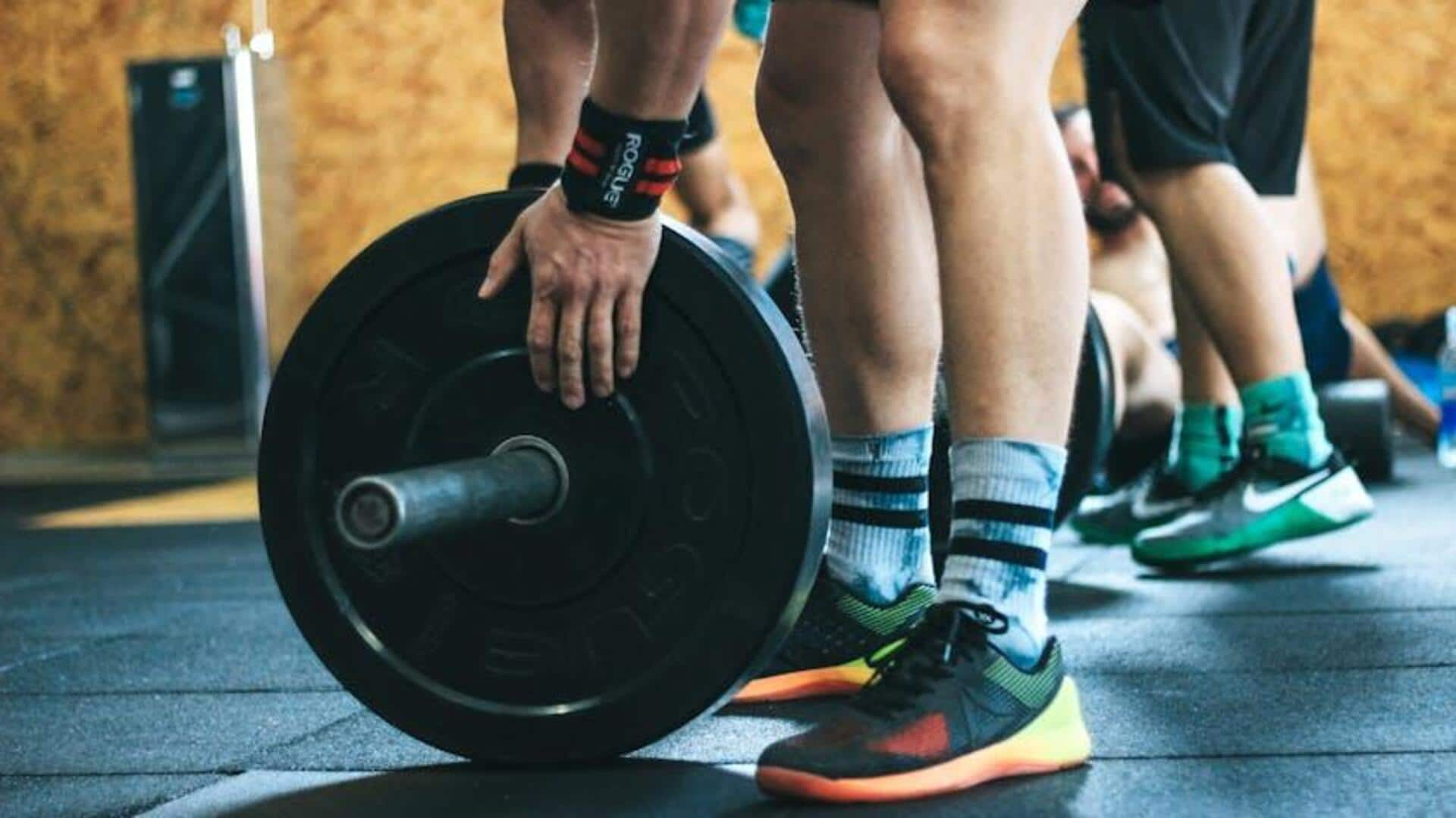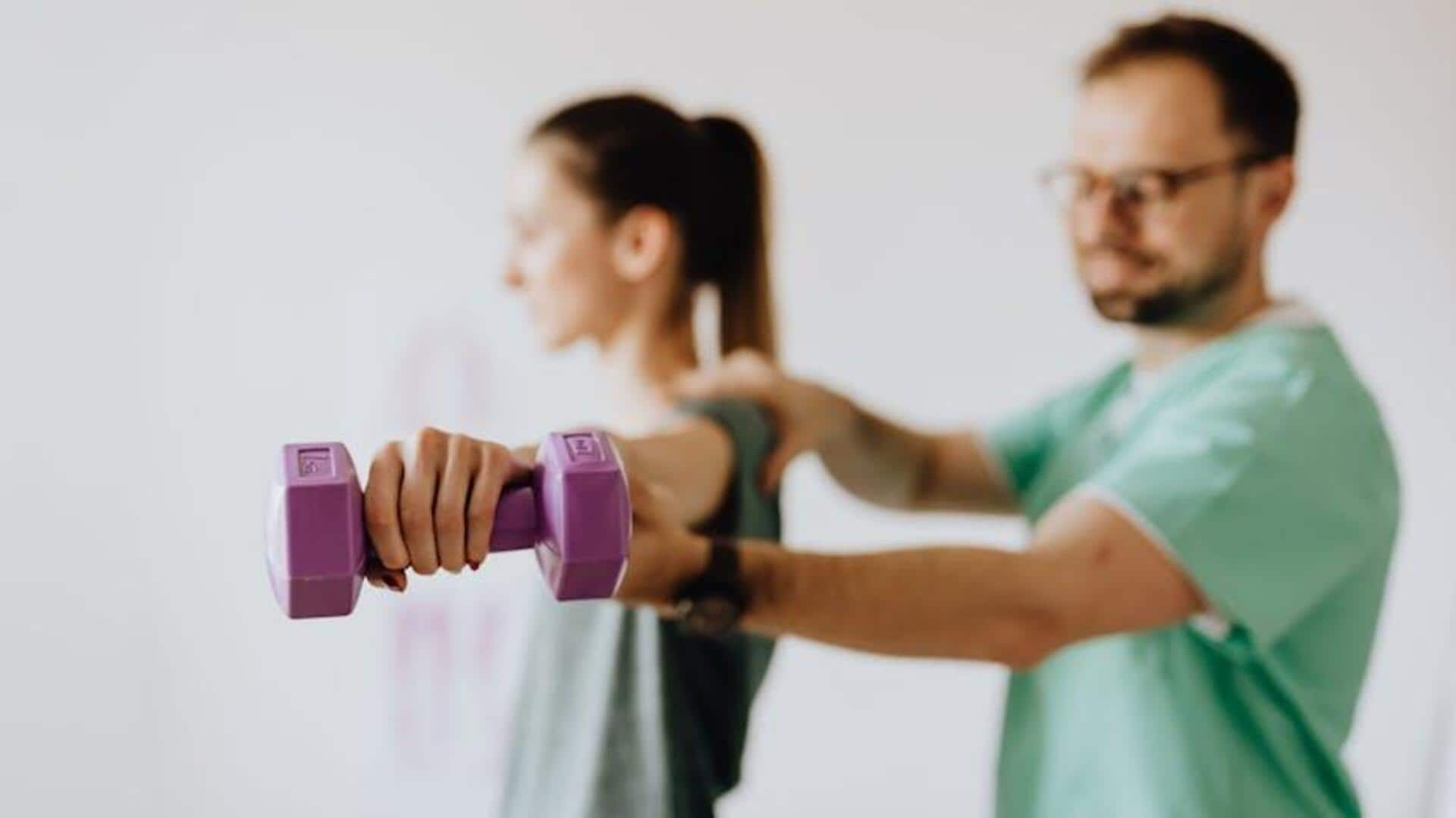The Joint Challenge
In contemporary society, a noticeable decline in physical activity has emerged, thereby affecting overall health. The shift towards sedentary lifestyles
and the increasing prevalence of desk jobs have created an environment where people struggle with movements once considered fundamental. Reduced movement can lead to various physical issues, with joint health being a primary concern. Prolonged inactivity causes joints to become stiff and lose flexibility, increasing the risk of injuries and chronic pain. Simple tasks, which once required little effort, now pose considerable difficulty for many individuals. This shift underscores the urgent need to address the decline in physical activity to maintain healthy joints and ensure overall physical well-being.
Simple Movement Solutions
The beauty of enhancing joint health lies in its accessibility. Basic movements, easily incorporated into daily routines, are incredibly effective. Anant Ambani's fitness trainer highlights that simple actions can significantly improve joint health. Consider the act of sitting cross-legged; this ancient practice promotes flexibility in the hips, ankles, and knees, which is essential for healthy joints. Squatting is another excellent exercise, which strengthens the muscles around the joints, providing better support and stability. These straightforward routines require no special equipment and can be performed anytime, anywhere. By integrating these habits, people can substantially enhance their joint health and overall physical resilience.
Sitting Cross-Legged Benefits
Sitting cross-legged is a natural and accessible exercise. It can be easily incorporated into daily routines. The act of sitting cross-legged gently stretches the hip flexors, hamstrings, and inner thigh muscles. This stretching alleviates stiffness, thereby enhancing flexibility in the hips and lower back. Improved flexibility reduces the chances of injury and promotes greater mobility. Sitting cross-legged also promotes healthy posture, as it encourages an upright spinal alignment, which lessens the load on the spinal joints. This simple posture improves circulation by fostering better blood flow to the legs and pelvis. Regular practice of sitting cross-legged not only eases discomfort and improves joint function, but also cultivates a sense of calm and mindfulness, contributing to overall well-being.
Squatting for Strength
Squatting is a fundamental movement that yields remarkable benefits for joint health. It engages multiple muscle groups, which strengthens the muscles surrounding the joints. Regular squatting fortifies the knees, hips, and ankles, which provides enhanced support and stability. Squatting improves mobility and flexibility. It lubricates the joints, which helps minimize friction and pain. When performed correctly, squats promote proper spinal alignment and posture, reducing strain on the lower back. Including squats in one's routine promotes better balance and coordination. It is crucial to perform squats with correct form to prevent injuries. When one squats deeply, muscles and joints move throughout their full range of motion, and they are strengthened and become more resilient.
Integrating into Daily Life
Incorporating simple movements like sitting cross-legged and squatting into daily life can be surprisingly easy. Start by incorporating these activities into your daily routine, even if only for a few minutes. While working at a desk, set a timer to remind you to stand up and perform a few squats or stretches every hour. During your commute, opt to sit cross-legged if feasible, or try simple stretches while waiting. At home, replace chairs with floor seating to encourage more cross-legged sitting. You may also include squats while doing household tasks, such as when reaching for items from low shelves. Consistency is key, and starting small allows you to gradually build strength, flexibility, and a deeper awareness of your body's needs, which creates a positive feedback loop.
Consistency and Long-Term Benefits
To reap the full benefits of these simple movements, consistency is key. Making these activities a regular part of your routine ensures lasting positive effects on your joint health and overall physical wellness. Over time, regular practice of sitting cross-legged and squatting leads to significant improvements in joint flexibility, strength, and mobility. The regular practice of squatting contributes to enhanced muscle development and support, which, in turn, reduces the risk of joint-related issues. Beyond physical advantages, the integration of these simple movements can also improve balance, coordination, and body awareness. These benefits foster increased vitality and a better quality of life. It's about making these movements a sustained habit.










